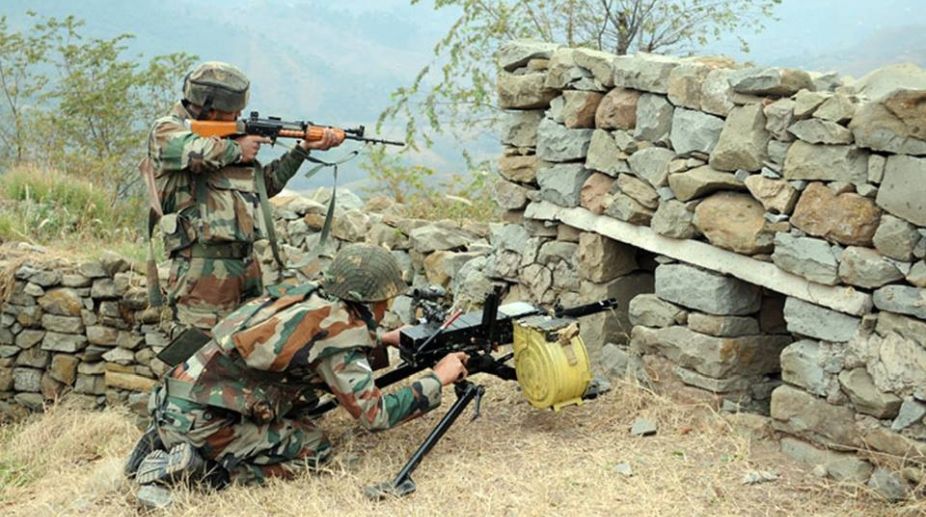Sanctioning of the construction of some 14,000 bunkers along the LOC and international border with Pakistan will certainly be welcomed by people in villages in that “line of fire”. For the more-than-intermittent shelling has wreaked havoc with their lives: farming has become very risky, homesteads and livestock destroyed and a sense of deep frustration grips the “frontier communities”. Casualty figures would point to more security personnel than civilians being killed in the cease-fire violations, but the death count is not all that matters ~ only those to whom the whine of a mortar preceding an explosion is daily “music” know how normality has disappeared from their horizons over the last few years.
Bunkers of varying sizes will definitely accord them a degree of protection, yet there is also validity to the argument that the taking of such purely defensive measures is an admission of the impact the shelling was having ~ possibly encouraging more such action.
Advertisement
It is also being argued that Indian belligerence has been essentially verbal, counter-shelling and occasional cross-border military raids have had limited deterrent effect, not too much on curbing ‘jihadi-terrorism’, and precious little towards allowing civilians a life of tranquillity along the frontier. That is a fair assessment of the sad realities that have “triggered” the Rs 416-crore project for individual and community bunkers in all border districts across the 460 kilometre J&K-Pak frontier.
No doubt the villagers on the “other side” of the divide will have their own tales of woe, which will not be heard in India. Such stories are seldom one-sided. And that points to a larger picture ~ for cross-border firing, bunkers etc are only signs of the depth of the bilateral divide.
The “heat” on the border underscores the virtual breakdown in the bilateral relationship. Limited diplomatic contacts have been fouled by the Kulbhushan Jadhav affair, a dinner meet in New Delhi to host a former Pakistani foreign minister sparked a huge electoral row and sporting and cultural contacts have been drastically curtailed. In such a gloomy scenario there is little scope for reviving the bilateral dialogue, not with Islamabad playing the “Chinese card” with disturbing frequency.
Yet both nations claim to have evolved from civilised stock, even though it is now taboo to even mention its common origins. A laughing stock in the international community is what the governments in Islamabad and New Delhi have reduced their people to.
A point underscored by the fact that outside the subcontinent Indians and Pakistanis share cordial relations ~ some customs and traditions are difficult to disrupt. Yet there is cause to wonder where this convoluted path will eventually lead, jingoism and bellicosity yield no long-term benefits. To put it bluntly, a negative message is sent out when 14,000 bunkers are deemed necessary for protecting life along the frontier. What next?











